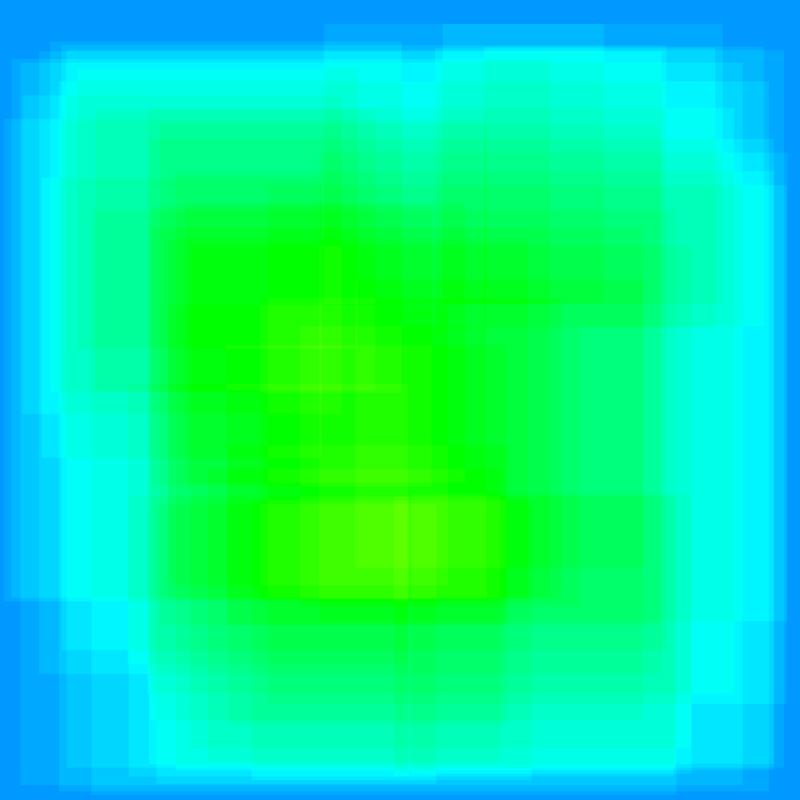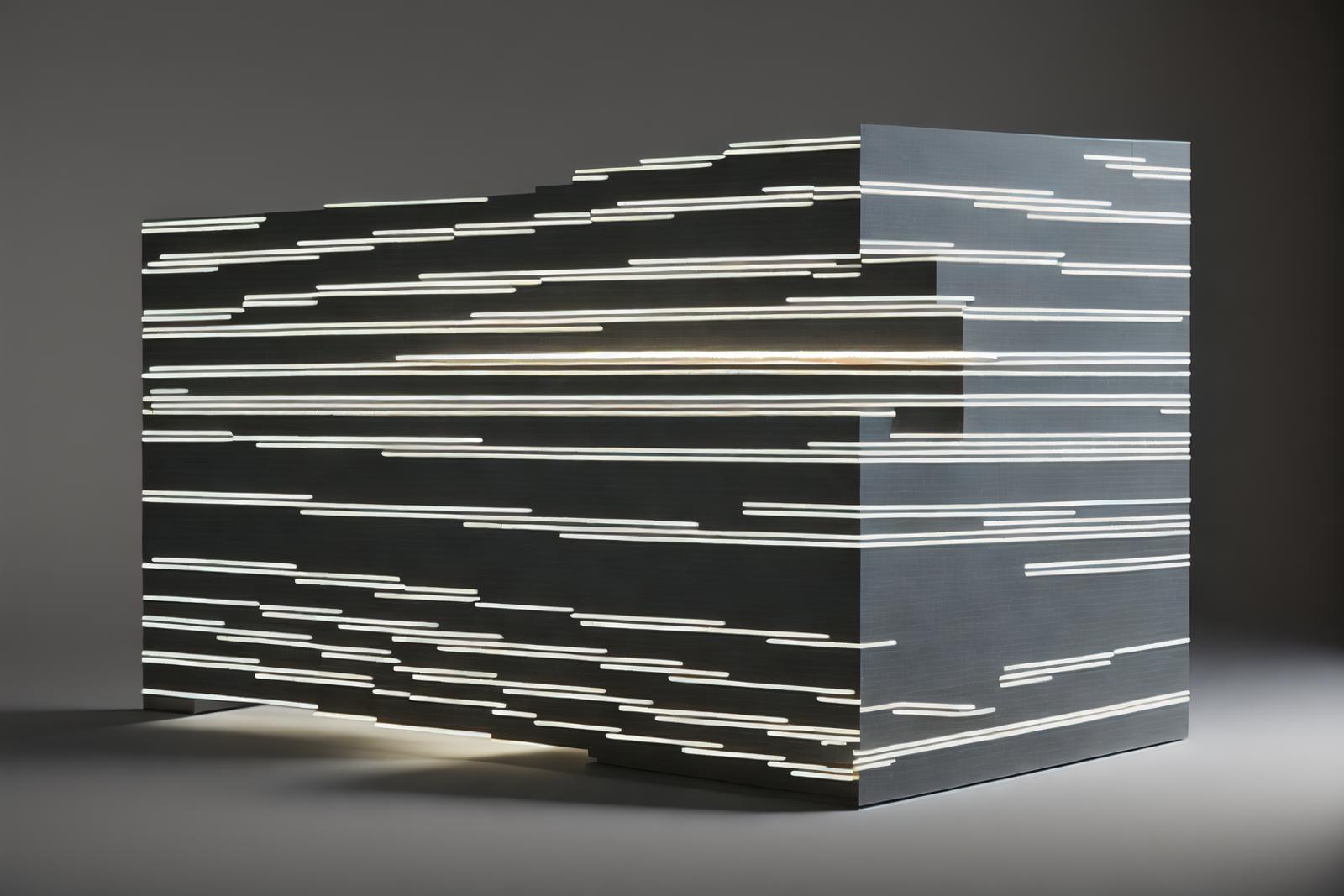Base idea: DD style cuts, full image resolution noise turned into image by smaller single step cuts
Benefits: Massive resolution, Potential DD style(?), Massive customization
Parameters: Full image dimensions(x,y), cut dimensions(x,y), cut count(>1), cuts per step(>1), cut distribution(random, checkered, fill(overlap distance))
Basically, I want to implement this, (see sections "Resolution Dilemma" and "Cuts and Cut Scheduling"), but within Auto1111 and with the SD model, and with a few changes.
Method:
The method I have in mind so far is to take an initial section of noise (Full image dimensions), and render it in smaller cuts (cut dimensions). Each cut will be sized according to the "cut dimensions" parameter, and located according to the "cut distribution" parameter. Each cut will essentially take a cut of the noise, and render a small number of steps (we will get back to this later), then replace the original area of noise with the new information. It will then take a new cut, and repeat this process according to the "cut count" and "cut distribution" parameters. Here is an example image of one way the cuts could be distributed, taken from the article referenced above:

In this example, the lighter areas have more cuts, and therefore more detail. This assumes random distribution and consistent cut size, and therefore focuses most detail in the middle of the image.
Cut amplitude:
By default, SD has consistent step sizes, meaning each step consistently gets more and more detailed than the last. With cuts, this is no longer tenable, as this would mean large areas of the image have uneven detail, or none at all. For example, the last step is the sharpest and adds the most fine detail, but if this is applied to random noise, you will just have slightly less random noise (you can test this out by putting random noise into img2img with a low denoise strength). To solve this issue, each step will have multiple cuts, determined by the "cuts per step" parameter (when using checkered or fill, the minimum number of cuts will be calculated automatically based on the resolution, but for random cuts the minimum is 1). as a result, there will be multiple overlapping cuts in each step, leading to potentially greater detail.
Conclusion:
tl;dr, This seems like a neat way to achieve some interesting generations in DD, and I would like to see where everyone takes the idea! Please share this with anyone you think could have some valuable input, and please contact me if you have any notable programming experience and would like to help.
Example video for DD cuts:


